
Wassily Kandinsky Giclée Fine Art Prints 7 of 7
1866-1944
Russian Expressionist Painter
155 Kandinsky Artworks
Page 7 of 7
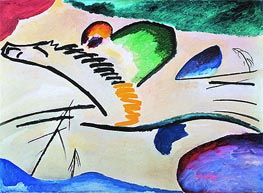
Giclée Canvas Print
$68.40
$68.40
SKU: 16160-KAW
Wassily Kandinsky
Original Size:74 x 100 cm
Museum Boijmans Van Beuningen, Rotterdam, Netherlands
Wassily Kandinsky
Original Size:74 x 100 cm
Museum Boijmans Van Beuningen, Rotterdam, Netherlands
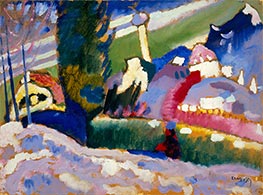
Giclée Canvas Print
$61.75
$61.75
SKU: 18396-KAW
Wassily Kandinsky
Original Size:33 x 44.5 cm
Solomon R. Guggenheim Museum, New York, USA
Wassily Kandinsky
Original Size:33 x 44.5 cm
Solomon R. Guggenheim Museum, New York, USA

Giclée Canvas Print
$85.60
$85.60
SKU: 16185-KAW
Wassily Kandinsky
Original Size:106 x 97 cm
Philadelphia Museum of Art, Pennsylvania, USA
Wassily Kandinsky
Original Size:106 x 97 cm
Philadelphia Museum of Art, Pennsylvania, USA
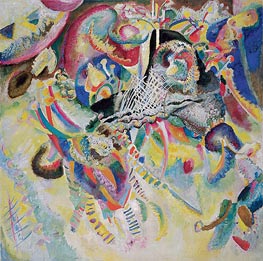
Giclée Canvas Print
$93.41
$93.41
SKU: 16184-KAW
Wassily Kandinsky
Original Size:129.5 x 129.5 cm
Beyeler Foundation Collection, Basel, Switzerland
Wassily Kandinsky
Original Size:129.5 x 129.5 cm
Beyeler Foundation Collection, Basel, Switzerland
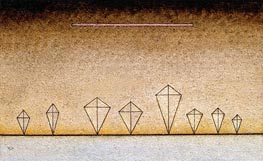
Giclée Canvas Print
$61.75
$61.75
SKU: 16118-KAW
Wassily Kandinsky
Original Size:24.3 x 40 cm
Musee des Beaux Arts, Nantes, France
Wassily Kandinsky
Original Size:24.3 x 40 cm
Musee des Beaux Arts, Nantes, France
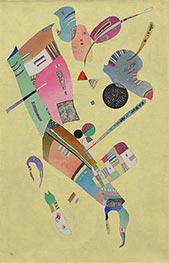
Giclée Canvas Print
$61.75
$61.75
SKU: 18404-KAW
Wassily Kandinsky
Original Size:99.7 x 64.6 cm
Solomon R. Guggenheim Museum, New York, USA
Wassily Kandinsky
Original Size:99.7 x 64.6 cm
Solomon R. Guggenheim Museum, New York, USA
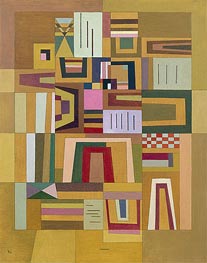
Giclée Canvas Print
$73.68
$73.68
SKU: 16119-KAW
Wassily Kandinsky
Original Size:106 x 84 cm
Musee des Beaux Arts, Nantes, France
Wassily Kandinsky
Original Size:106 x 84 cm
Musee des Beaux Arts, Nantes, France
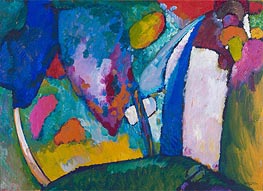
Giclée Canvas Print
$67.89
$67.89
SKU: 16112-KAW
Wassily Kandinsky
Original Size:70 x 97.8 cm
Yale University Art Gallery, Connecticut, USA
Wassily Kandinsky
Original Size:70 x 97.8 cm
Yale University Art Gallery, Connecticut, USA
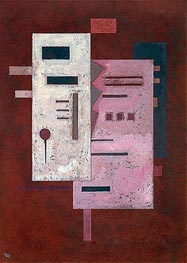
Giclée Canvas Print
$66.70
$66.70
SKU: 16116-KAW
Wassily Kandinsky
Original Size:57.5 x 41.8 cm
Musee des Beaux Arts, Nantes, France
Wassily Kandinsky
Original Size:57.5 x 41.8 cm
Musee des Beaux Arts, Nantes, France
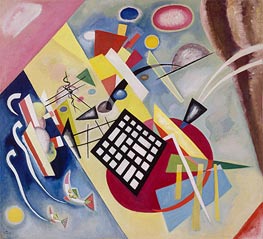
Giclée Canvas Print
$84.90
$84.90
SKU: 16115-KAW
Wassily Kandinsky
Original Size:96 x 106 cm
Musee des Beaux Arts, Nantes, France
Wassily Kandinsky
Original Size:96 x 106 cm
Musee des Beaux Arts, Nantes, France

Giclée Canvas Print
$67.72
$67.72
SKU: 18401-KAW
Wassily Kandinsky
Original Size:42 x 57.8 cm
Solomon R. Guggenheim Museum, New York, USA
Wassily Kandinsky
Original Size:42 x 57.8 cm
Solomon R. Guggenheim Museum, New York, USA